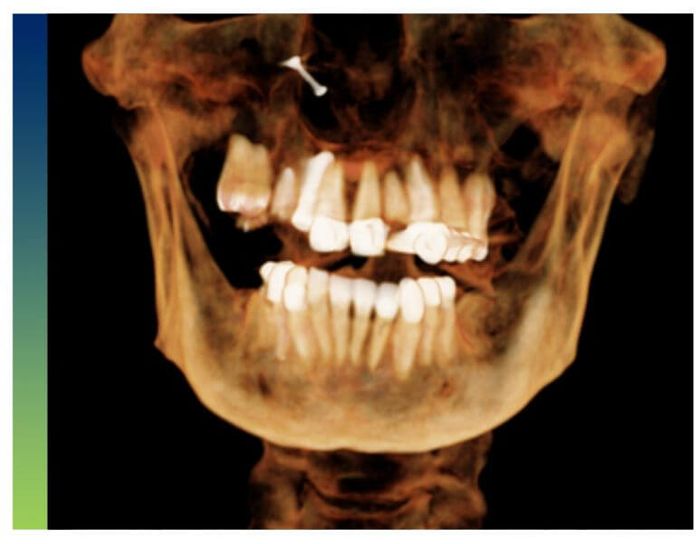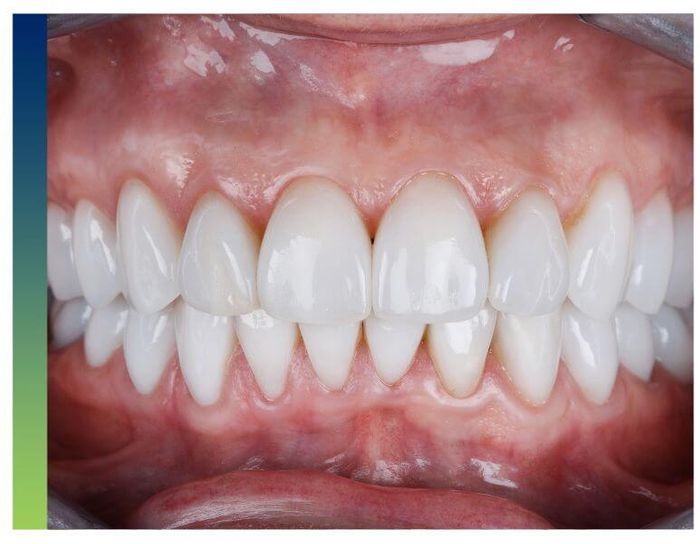Surgical & Restorative Treatment Planning
Dutton Dental Concepts is your trusted partner for collaborative treatment (Tx) planning services, catering to any implant system and every type of dental restoration. We believe in open communication with you, your surgeon, and even the patient, ensuring a clear understanding of needs and expectations. Whether it's through in-person meetings or online consultations, we tailor our approach to suit your preferences. Our commitment extends to providing a comprehensive range of chairside services for complex cases, all of which are offered at no charge when you choose us for your dental care needs.
Required Materials

Models or Intraoral Scans
For proper treatment planning, it is essential to provide Dutton Dental Concepts with both maxillary and mandibular impressions or scans, along with a bite relationship. This will enable our team to visualize the patient's oral structures in detail, assess the specific requirements of the case, and develop a comprehensive treatment plan tailored to the patient's needs. It ensures that we have the necessary information to fabricate precise and well-fitting dental restorations. Instructions for making a physical copy of the denture can be found here.
What Are Intraoral Scans?
Intraoral scans provide a detailed digital representation of the patient's oral structures, enabling our aesthetic dentistry team to create virtual models for treatment planning.
Special Modeling Cases
In cases where one or both arches are edentulous (lacking teeth), a copy of an existing denture can be utilized to set up the case. Instead of taking an impression, a copy (not an impression) of the denture can be made. Some scanners have the capability to scan these denture copies extraorally, while others can use traditional lab putty to create a mold. This ensures an accurate representation of the edentulous arches, allowing us to plan the appropriate restorative solutions.

CBCT Scan
CBCT (Cone Beam Computed Tomography) scans are a vital component of the treatment planning process at Dutton Dental Concepts. These specialized 3D imaging scans provide detailed information about the patient's oral structures, allowing for accurate assessment and planning of dental procedures.
Get The Best Scanning Results
To ensure optimal results, it is crucial that the CBCT scan is taken with the patient's teeth apart, creating a separation between the upper and lower dental arches. This enables better visualization of the individual structures and aids in precise treatment planning.
During the CBCT scan, it is recommended to apply cotton rolls in the patient's mouth. The purpose of cotton rolls is to facilitate proper soft tissue separation, reducing potential interference and ensuring clear visibility of the underlying structures in the scan. This step contributes to the accuracy of the treatment planning process.
Navigating Metal in Your Scan
It is essential to remove any removable appliances, particularly those containing metal, before conducting the CBCT scan. Metal objects can cause artifacts and interfere with the clarity of the scan. By removing these appliances, we can obtain a clean and unobstructed representation of the patient's oral anatomy.
In cases where the patient has metal-based restorations, it is advisable to adjust the scanner settings to minimize scatter. Scatter refers to the interference caused by metal restorations, which can impact the clarity of the CBCT scan. Adjusting the scanner settings helps mitigate scatter, ensuring better visualization of the structures of interest.
Once the CBCT scan is obtained, you have the option to send it to us either traditionally or digitally. Traditional methods involve storing the scan on a CD or USB drive, which can be mailed to us securely. Alternatively, we provide a secure portal for the digital transfer of the CBCT scan. If you prefer the digital option, please contact us, and we will set up a free account for you on our secure portal.

Bite Relationship For Mounting Models
A reliable bite relationship is required for proper treatment planning. It provides essential information about the way the patient's upper and lower teeth come together when they bite or chew. This information is vital for ensuring proper alignment and occlusion of the dental restorations.
If the patient has adequate remaining dentition, a regular bite registration is perfect. If mostly or fully edentulous, a bite rim or denture copy may be needed.
What is a Bite Rim?
A bite rim is a device made of wax or acrylic that replicates the desired vertical dimension and occlusal relationship. The patient bites into the bite rim, and it serves as a reference for establishing the bite relationship during treatment planning.

Copy Of Existing Denture (If Applicable)
In edentulous cases where the patient is fully lacking natural teeth, a copy of an existing denture can play a vital role in the treatment planning process. Instead of taking an impression, a copy (not an impression) of the denture is used to mount and plan the case. Instructions for how to perform this procedure can be found here.
Why Is This Necessary?
Using a copy of the existing denture allows us to replicate the patient's current occlusal relationship and establish the desired vertical dimension. This information is crucial for creating new dentures or other cosmetic restorative solutions that closely resemble the patient's natural occlusion.
While a copy of the denture serves as a valuable reference point, it is important to note that a bite registration is still required. The bite registration captures the relationship between the denture and the opposing teeth or dentures. This step ensures that the new restorations, whether they are dentures, implants, or other dental solutions, are designed to fit harmoniously within the patient's existing occlusal framework.

Customized Fixed, Removable, and Crown & Bridge Solutions for Dentists
At Dutton Dental Concepts, we understand that each patient is unique. That’s why we work with dentists one-on-one to create customized dental solutions to meet the needs of each patient specifically. When you work with our dental laboratory, we’ll gladly consult with you on cases to help identify and produce the bridge, crown, or other dental solution that will work best for your patient. If you’d like to learn more about our dental crowns and bridges, contact the dental lab at Dutton Dental Concepts today.
Meet With Us!
Whether you prefer in-person meetings or online consultations, we adapt to your preferred mode of communication. Our goal is to make the treatment planning process as convenient and efficient as possible for you and your team.
